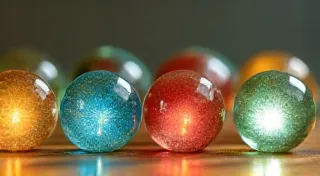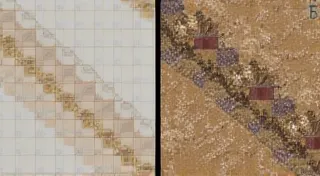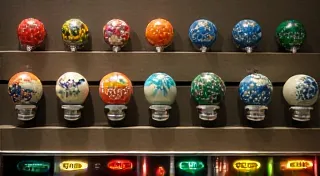Popular Marble Manufacturers: Identifying Brands of the Past
The world of vintage marbles is a rich tapestry woven with history, artistry, and a surprising amount of industrial detail. While many modern marbles are mass-produced and often generic, antique marbles tell a story – often the story of the company that made them. Identifying the manufacturer of a vintage marble isn't just about knowing who made it; it’s about understanding its age, rarity, and often, its value. This article dives into some of the most popular and recognizable vintage marble manufacturers, exploring their unique markings and characteristics to help you in your marble collecting journey.
The Reign of Akro Agate
When talking about vintage marbles, the name “Akro Agate” inevitably arises. Based in Akron, Ohio, this company dominated the marble manufacturing scene for over 60 years (1899-1954). They were known for their incredibly diverse range of colors, sizes, and patterns, using a variety of glass types and techniques. Akro Agate marbles are arguably the most commonly found vintage marbles, and even experienced collectors can find new treasures.
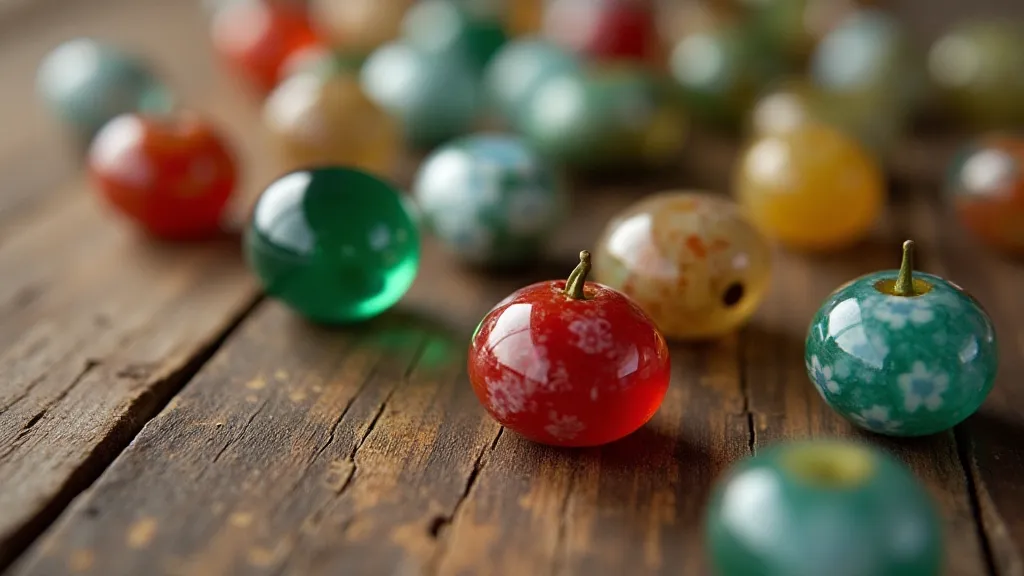
Identifying Akro Agate Marbles: The key to identifying Akro Agate marbles lies in understanding their markings. Early Akro Agate marbles rarely had markings, but as production increased, they began incorporating logos and company names. Here’s what to look for:
- Early Akro Agate (Pre-1920s): These are generally unmarked or may feature faint, hand-painted markings.
- “AKRO” or "AKRO AGATE": These markings are typically found on the surface of the marble, often slightly raised. The font and style evolved over time, so researching specific eras can help pinpoint the age.
- "PAT. PEND." This marking indicates the design was patent pending, a common feature in the early 20th century.
- Color Varieties: Akro Agate was renowned for its range of colors. Common colors include clear, red, green, blue, yellow, amber, and a variety of mixed colors. They also produced “sult” (opaque white) and “rainbow” marbles, which are highly sought after.
Crystal Baby & Other German Influence
The late 19th and early 20th centuries saw a significant influx of marbles from Germany. While many remained unmarked, others bore the mark of "Crystal Baby" or other German manufacturers. These marbles often demonstrated a higher level of craftsmanship and a wider variety of patterns than some American-made marbles of the time.
Identifying Crystal Baby & German Marbles:
- Crystal Baby Mark: This distinctive mark, usually a stylized "CB," can be found on many German marbles.
- High Craftsmanship: German marbles often exhibit a higher level of detail in their patterns and colors compared to contemporary American marbles.
- Variety of Patterns: Look for unusual patterns like "clown face," "bullseye," and intricate swirl designs.
- Glass Types: German manufacturers often used unique glass types, producing marbles with a distinctive appearance.
Boston Crystal Works: A Northeastern Presence
Based in Cambridge, Massachusetts, the Boston Crystal Works was another significant player in the vintage marble landscape. They produced a wide variety of marbles, known for their vibrant colors and consistent quality. While not as prolific as Akro Agate, Boston Crystal Works marbles are still frequently encountered by collectors.
Identifying Boston Crystal Works Marbles:
- "BOSTON CRYSTAL" or "B.C.W." Markings: These markings are typically embossed or slightly raised on the surface of the marble.
- "PAT. PEND." Similar to Akro Agate, Boston Crystal Works used this marking on many of its early marbles.
- Color Range: They produced a wide array of colors, including clear, red, green, blue, and a range of mixed colors.
- Size Variations: Boston Crystal Works marbles were produced in a variety of sizes, ranging from small “steelies” to larger “giants.”
New England Glass Company: Beyond Marbles
While primarily known for its extensive production of bottles and other glassware, the New England Glass Company also ventured into marble manufacturing. Their marbles are less common than those produced by other companies, making them more desirable to collectors.
Identifying New England Glass Company Marbles:
- Markings: Look for the "N.E.G.C." or "NEGCO" marking, which is often embossed on the surface.
- Quality: These marbles are generally recognized for their consistent quality and often display a slightly different aesthetic than marbles from other manufacturers.
- Color Range: They produced a fairly standard range of colors, including clear, red, green, and blue.
M.F.C. & Others: The Less Common Producers
Numerous other companies dabbled in marble production throughout the late 19th and early 20th centuries. These “lesser-known” manufacturers often produced smaller quantities and their marbles are far less common, making them highly sought-after by serious collectors.
Identifying Less Common Marbles:
- Research: Thorough research is crucial. Consult marble collecting guides, online forums, and connect with experienced collectors.
- Microscopic Examination: Careful examination of the surface under magnification can reveal subtle markings or characteristics that might help identify the manufacturer.
- Glass Type Analysis: Analyzing the type of glass used can sometimes provide clues about the manufacturer.
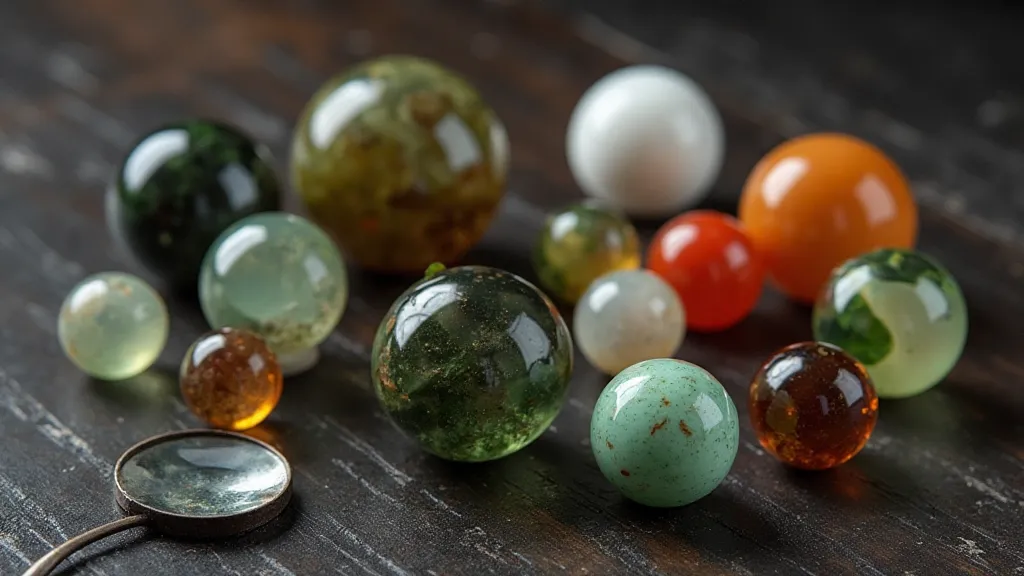
Conclusion: A Collector’s Quest
Identifying vintage marble manufacturers can be a challenging but rewarding endeavor. It’s a journey that requires patience, meticulous observation, and a willingness to delve into the historical context of these small treasures. Whether you’re a seasoned collector or just beginning your marble collecting journey, understanding the manufacturers behind these marbles adds another layer of appreciation for their artistry and history. Happy hunting!
